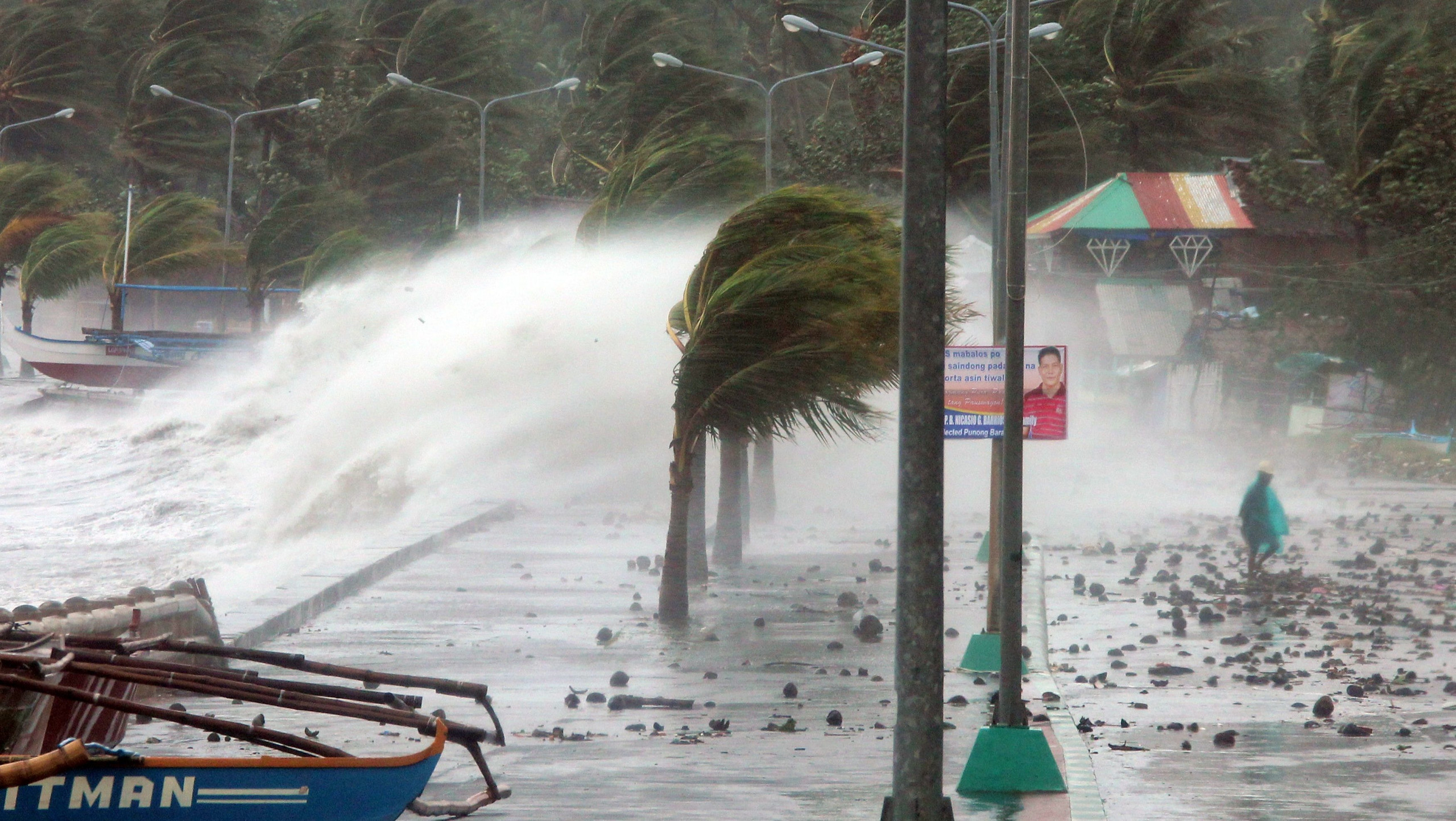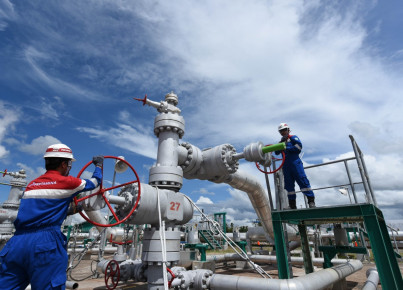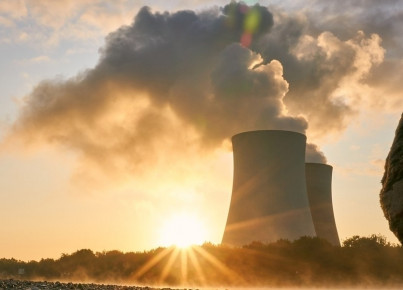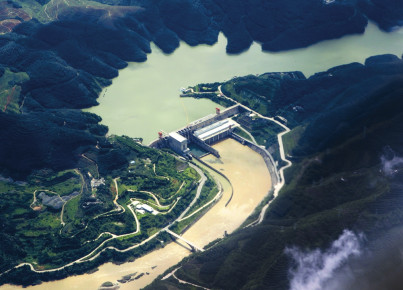It is clear to all that the country is particularly vulnerable to climate change and therefore needs to rely on renewable energy.
When Typhoon Rai devastated the central region of the Philippines in December 2021, leaving nearly 400 cities without power for weeks, what angered the population most was the government's inability to foresee the consequences of the natural disaster.
The Philippines is an archipelago in the middle of the Pacific and are hit by at least 20 storms each year, which seem to get exponentially worse. Typhoon Rai was more destructive than Haiyan (2013) and the damage it caused across the country is estimated to amount to USD800 million.
It is clear to everybody that the country is particularly vulnerable to climate change and therefore needs to rely on renewable energy. However, it appears that Manila does not have the same view. Since the beginning of February, the capital has been caught up in the "election fever" and politicians seem to believe that the climate issue is something that only bigger nations can address. For the Philippine political class, the main goal is survival, and they have no concern about dealing with the tragic consequences of the natural disasters that have scourged the country for years.
Ahead of the May 9 elections, which will be a measure of Filipinos' drive for change, Ferdinand Marcos Jr, son of the late dictator, is the favorite to win the presidency, while Davao Mayor Sara Duterte, daughter of the current leader, is leading the race for vice president. All eyes are on the race to succeed President Rodrigo Duterte, who cannot be reelected in accordance with to the Constitution and has not publicly expressed a preference for the choice of his successor.
Ten presidential candidates and nine vice presidential candidates can be chosen on the ballot. What people expect are not only concrete responses to the pandemic and strong economic recovery programs, but also each candidate's point of view on Duterte policies, the bloody war against drugs, the foreign policy toward China and its debt-backed infrastructure push.
In sum, the climate issue and the shift to a higher use of renewable energy sources are not the priorities of the Philippine political class.
According to Professor Antonio La Vina, former executive director of the Manila Observatory, a non-profit research institute based at the Ateneo de Manila University: "Typhoons that have the same magnitude as Haiyan and Rai will continue to occur more and more frequently; without a plan to forecast these events, we will reach a critical point where we will not have the time needed to rebuild."
If the government promoted a higher use of renewable energy, thus replacing fossil fuels that contribute to worsening climate change, the dramatic consequences of annual storms would be avoided.
Why then did the Philippines agree only partially to the gradual reduction of the use of coal at COP26 in Glasgow last year? Because big energy production companies have invested so much in coal that they do not want their money to go to waste. Manila has recently imposed a ban on new coal-fired power plants, but existing ones are allowed to continue production for decades.
According to the latest statistics, 42% of Philippine electricity still derives from coal, while renewable energy accounts for only 29%. In the hope to avoid the dramatic consequences caused by environmental disasters, the Philippines will have to increase the use of renewable energy by 35% by 2030 and over 50% by 2040.
In 2016, the construction of infrastructures to accommodate renewable energy production (especially solar) reached its peak, but since then production declined and nobody mentions this subject anymore. Although every household has a small fee added to their bill each month to help fund new infrastructures, renewable energy still remains an unfamiliar topic for the inhabitants of the archipelago.
The key is to educate communities who, in turn, should ask local governors to allocate more budget money to renewable energy. This kind of change starts from the bottom and does not wait for the higher-ups to step in. The way forward could be harnessing the natural resources in each island of the archipelago so as to obviate the need for diesel technology, which is expensive, imported, unreliable, and too often unable to meet daily energy needs on the most far away islands.
Filipino voters must demand more from their next presidential administration and stop depicting this country as a poster child for disaster resilience.






